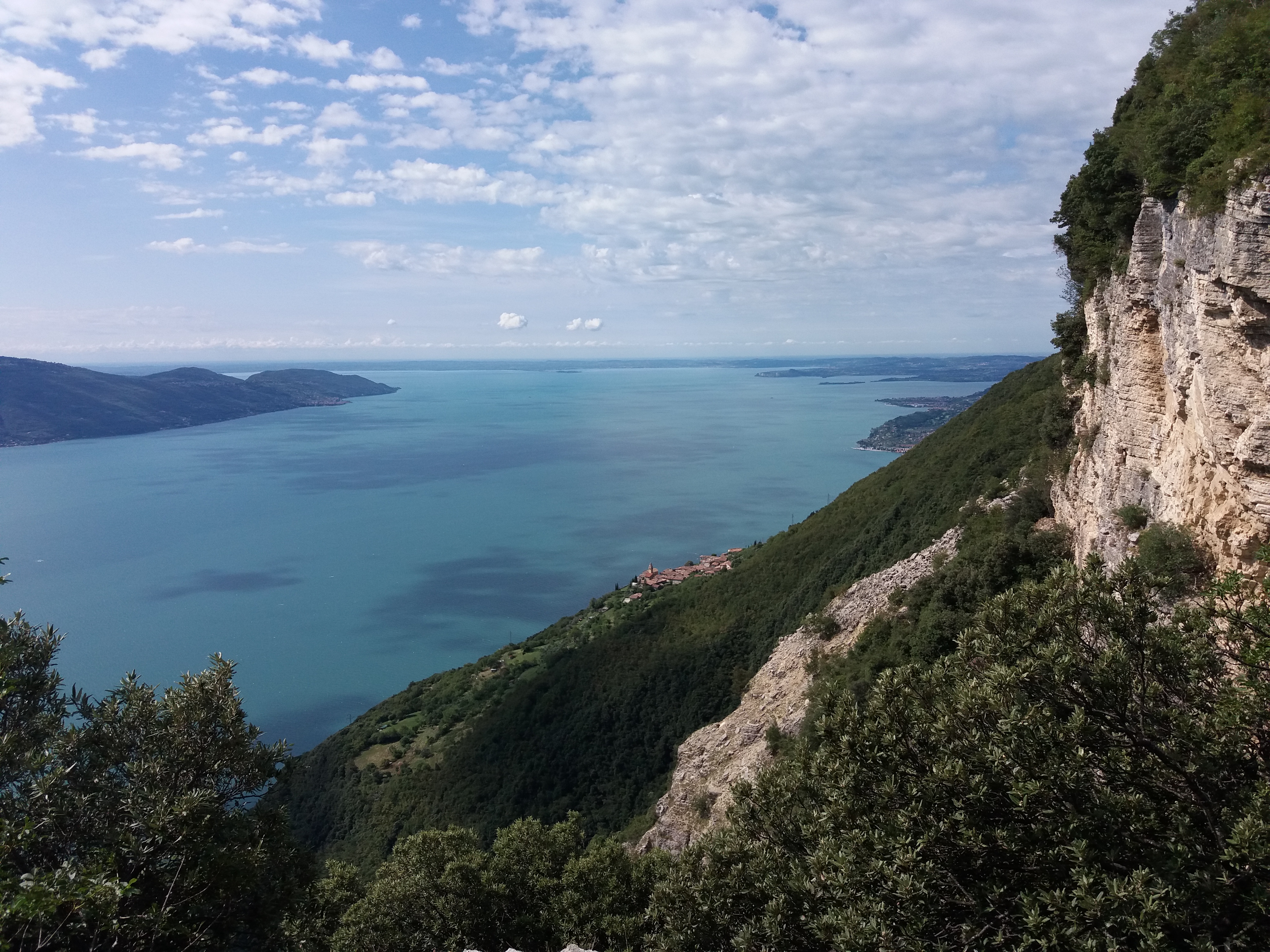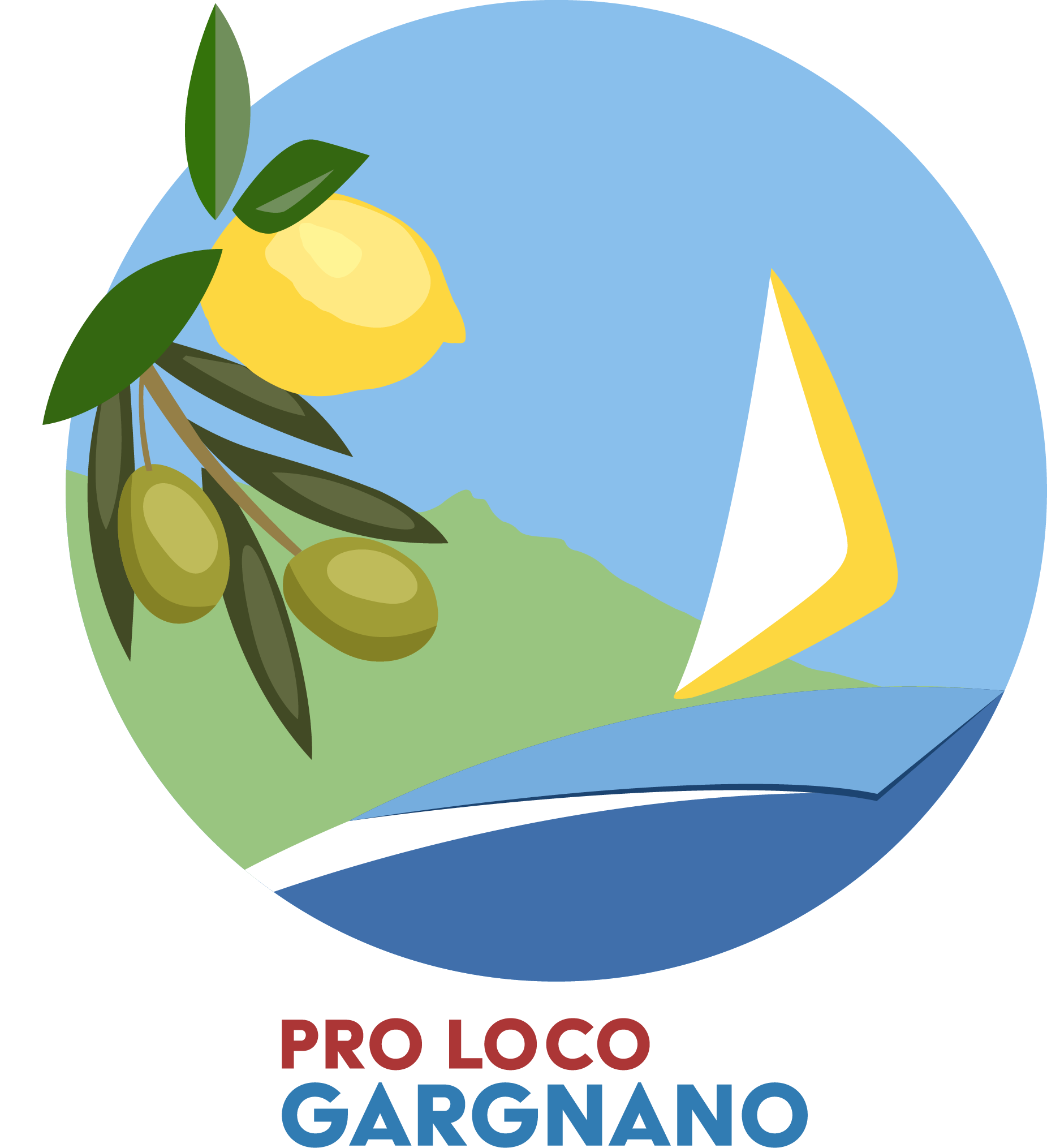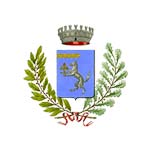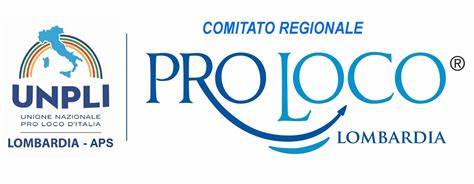TAMPA'S WATERS - The Story of a Charcoal Burner

TAMPA’S WATERS - The Story of a Charcoal Burner
Tampa the Carbunér stayed in the mountains during the week, using his fiochèla or seghèt to split the thin wood that grew on the arid, sunny slopes. No large trees could be found in that area, as it was his land. The charcoal burner found èl fràsen, èl rùer, èl càrpen, which even after growing 10-15 years were still little more than shrubs, but were ready for cutting. After trimming down the new branches of the smèrse, which he selected according to their size, he cut each down to about a meter in length. He then carried and neatly stacked them at the nearest gial, a circular pitch of around 5-6 meters in diameter. He had created the gial by digging into the slope and holding the flat area in place with a dry stone supporting wall where necessary.
The charcoal burner went to town only on Sundays or when it rained or snowed, to hole up in a smoky tavern in the company of a glass tinted red by its contents, which he liked to keep neither too empty nor too full ... or even half filled. Then, before dark, which came early in winter, he trudged back up the trail, wobbling and cursing, with his backpack loaded with necessities: corn flour for polenta, vegetables for soup, a little cheese, a little pasta, and a substantial supply of wine. After the trip he was always eager to lie down on his bed of leaves inside the lopsided shack he built in the shade of the large tree he tied his donkey to. His home was next to the gial, so he was never far from where he made his coal. The area was filled with orderly stacks of wood and a smoking fireplace at its center. The fire was like a small volcano, whose harsh fumes had blackened his already sun-dried and wrinkly skin, giving him the look of an aged oak trunk that had witnessed forest fire flames passing around him.
From his youth on, Tampa’s world centered around the gial. Who knows if he was aware and able to appreciate the beauty that surrounded him: the blue of the lake below; the majesty of the mountain; the spectacular panorama that, on the slopes at the edge of the wood, seemed to vanish into infinity. Tampa didn’t need much, and maybe he didn’t even ask questions. Only one thing haunted him, a dream he had held for years. On that dry area of stony ground, there was no way he could easily obtain water. Since he was unable to collect enough rainwater and the mountain offered no springs, he had to take his donkey into the valley each day after work to fill the leather jugs he used both to manage the fire and fill his cooking pot. The process was long and tiring. So, one day, after hearing about a man who could use a wooden fork-like utensil to “sense” water even where deeply hidden, he found a way to meet with the man in the hopes that he could solve the problem. The man did not disappoint him. Upon scouring the ground, he pointed to a place near the gial where he believed Tampa could find what he was looking for.
He just had to dig with his shovel and pickaxe; thus he began the endeavor.
The other mountaineers shook their heads at him in doubt: there had never been a trickle of water in that place, as evidenced by its disintegrating and cracked rocks. Rainwater was lost to the depths unknown.
It was wasted time.
But his decision was made. “Tampa” he was called, though his surname was actually Marchina, would not give up his quest. Penetrating into the mountain of earth and stones, he dug under roots and, having found rock, pushed on. But he could not find even a single drop of water and became discouraged.
His friends laughed at him yet, curious, made every excuse to visit and watch the progress of the stubborn sücù. They told him that his efforts were futile; his digging had not only come up empty, but had also led to the collapse of the wide path of the gial above where he was working. Doubt began to creep into the charcoal burner’s thoughts. Maybe it wasn’t the right place after all; but he just couldn’t give up like that. His reputation was at stake. He could imagine his comrades at the tavern, how they would make fun of him… He needed to keep trying. He decided to move higher. Perhaps, at the point he had chosen, the water was too deep, so it was better to go further up to look. He resumed his excavating fifty meters upstream, but found nothing besides loose earth and stones, down to the compact rock underneath. But no, he couldn’t give up another time! He did not lose heart and borrowed a punta e masèta from a mason friend. He chiseled into the rock and created a narrow tunnel with great difficulty. By this point even the nosiest of the townspeople had abandoned interest in his project, which meant he could work tranquilly. He started to resign himself and think that, worst case scenario, he could use the area he was widening as a cellar and pantry.
A few seasons likely passed as the charcoal burner continued his work in the woods. After much time and dedicated effort, the tunnel was several meters deep and, once inside it, its mouth could no longer been seen and neither could a hint of the source. Then, one day, following a period of heavy rain, a miracle unexpectedly occurred: behind that last wall, a flow of water could be heard. Imagine Tampa’s excitement! He sweat as he vigorously renewed his efforts to find the font. He finally removed the last obstacle: and there he found the holy water he so much desired! Though he could only vaguely remember his catechism lessons from his short school years, he likened the enthusiasm of finding the water to that of the story he remembered of John the Baptist on the Jordan River. He ran into town to spread the news. That evening, after all the celebration, he probably stayed in town as he didn’t have the strength to go back to his hut. Forgetting their teasing, the locals complimented his success and how his stubbornness had helped him prevail. They immediately baptized the font “Tampa’s Water.” Though the task had required great effort, but he did not seek revenge for the ridicule he received; he let all hunters and mountaineers refuel at the source. He believed that the water was good for everyone.
Perhaps, nowadays, things would be different. Our Carbunér could have made a living from his invaluable discovery. In those times, however, his life continued as if nothing had happened, and after the party he resumed his work at the smoky poiàt. After all, he could do nothing more than chop wood and light fires, as that was his world and he was in his element. Then, one day, his life met its end just like his hornbeam logs he had piled up and burned thousands of times. It is unknown whether it happened due to his fatigue, negligence or drunkenness; little was left of him, as he had fallen into the fire. A few days later his withered figure was found. His ash had been scattered on the ground and mixed with the earth that had been turned black with coal. He had been consumed, like his labors, in becoming one with the land and its woods that gave birth to and supported him until it reclaimed him. His death was organic. After his disappearance, his water source remained to quench the thirst of those who traversed Monte Denervo between Boldìs and Rocchetta. After the Second World War, however, the area gradually depopulated as few could survive on the meager offerings of the forest. Numerous fires followed and the area became impassable. The entrance to the tunnel, covered by stones and fallen rocks, blended in with the slope and no one gave any further importance to the hole, which seemed to just be a part of a landslide. Time passed and gradually no one looked after the mountain paths anymore.
In 2006 we hikers were admiring the view from Mount Rocchetta and were intrigued when we noticed a cleared mound down there, right above the cliff face towards the lake. After some searching, we discovered the path that led to that isolated place, which we had never seen before. From there, another trail continued up to the gial and a further trail, which gradually wound down to a more pronounced depression, to a mound and another gial before leading down a mule track just behind the village of Piovere. It took great effort to saw through all the logs that had been felled by the fires and cut through the shrubs that had been preventing passage, but, at every step, the discovery of enchanting lake views charged us with enthusiasm. Looking for historical information on that place to reconstruct its toponymy, some elderly people told us about the “Dos de Drüì”, the “Val del Torcol”, and also about Tampa and his water. After further effort and aided by the more precise indications, we were able to discover what remains of the entrance to its source on a second path. For us, in memory of its beautiful history, this has now become the Sentér del Tampa.
In the future, who knows, by digging and with a bit of luck, we will perhaps have the satisfaction of drinking a sip of Tampa’s waters, fresh and generous: and then, we would like to imagine that a part of the Carbunér, whose energy is somehow transmitted by the surrounding trees, will gladly approve.
Franco Ghitti
GLOSSARY OF TERMS IN THE GARGANESE DIALECT:
Fiochèla: billhook. A tool for cutting wood, like a small machete, which is sharpened on one side and has a curved tip;
Fràsen: ash;
Gial: circular pitch created to collect wood and prepare the poiàt;
Masèta: small mace with a wooden handle and an iron striker which, by striking on a chisel scratches or crumbles rock
Ruèr: oak;
Seghèt: hacksaw;
Smèrse: the new, green branches of trees in springtime;
Sücù: a hard-headed, stubborn person;
Poiàt: circular pile of wood, artfully arranged into a central fireplace, such as to produce charcoal through the slow combustion of the small logs inside it.


 OFFICE
OFFICE

